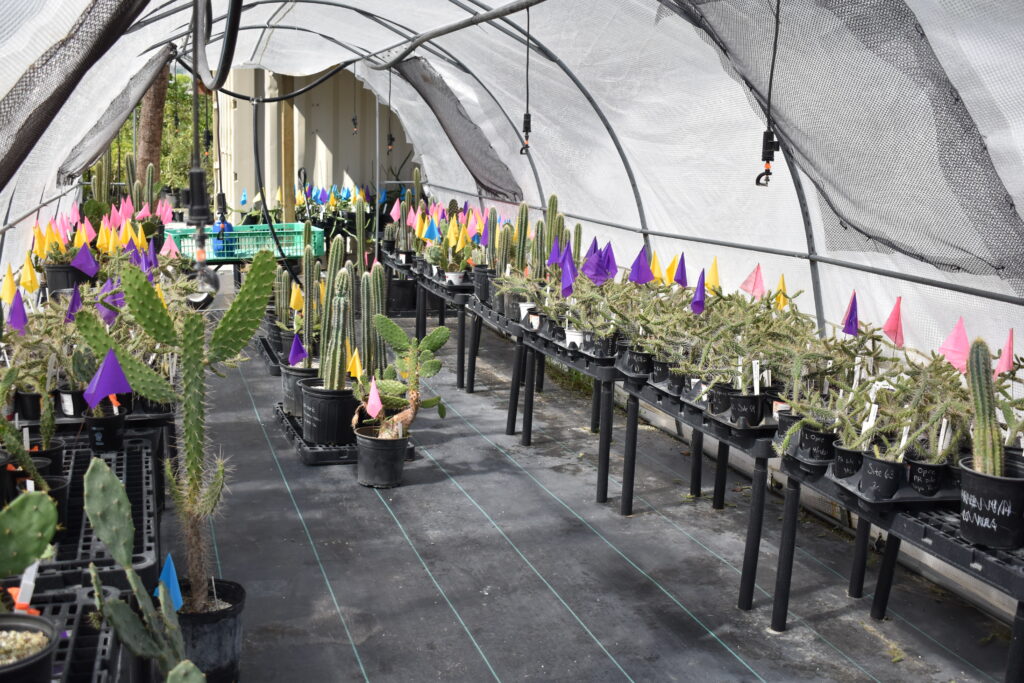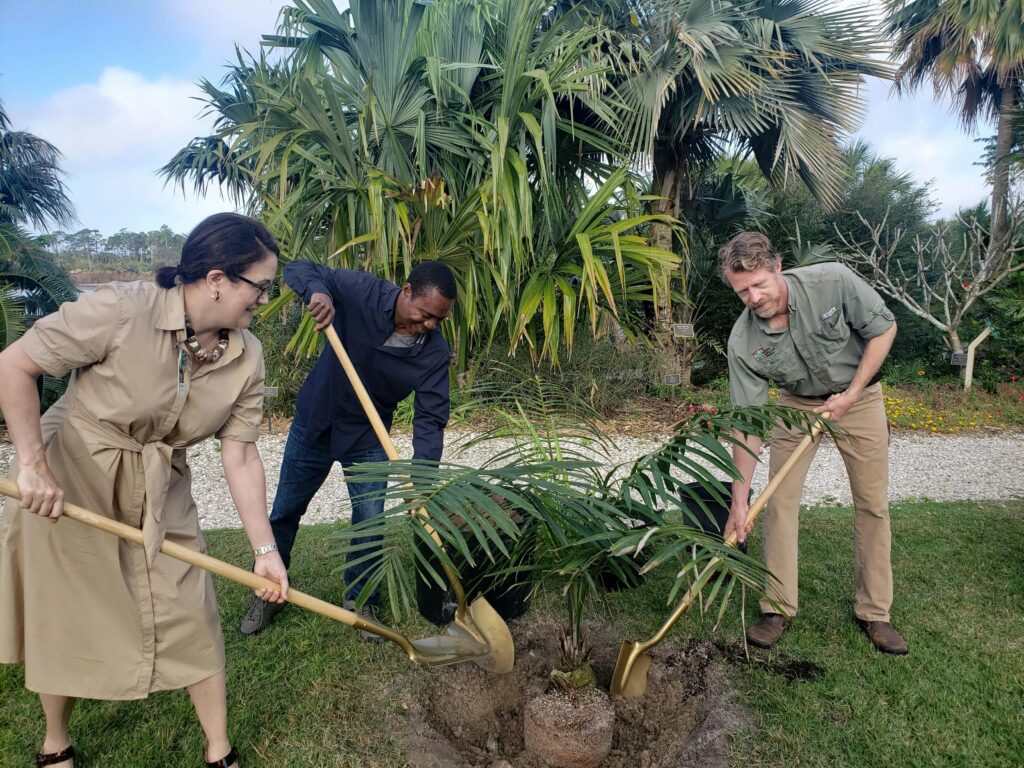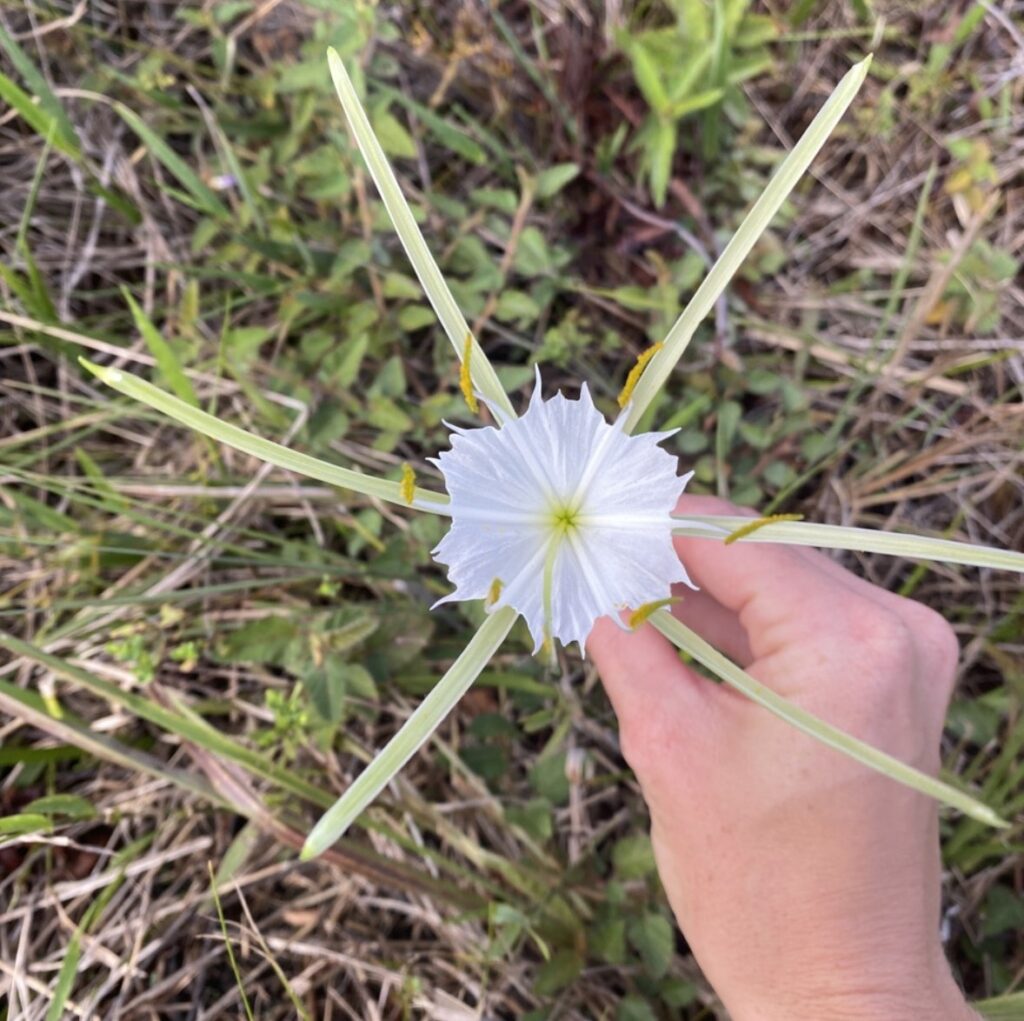Much in the way museums preserve cultural and historic treasures, botanical gardens protect the world’s plants. While conservationists prefer to safeguard them in their native habitats, doing so is not always possible. That’s why our scientists collaborate with fellow experts to collect plant material from Southwest Florida, Latin America, and the Caribbean. Some important collections include:

Orchids
Florida is home to about 100 native orchids; more than half are endangered. Our collection includes some 3,500 native species including the butterfly orchid (Encyclia tampensis), dancing lady (Tolumnia bahamensis), and the ghost orchid (Dendrophylax lindenii). Our staff continues to research these vulnerable plants and learn techniques for growing them.
Swamp bay
The Garden grows nearly 900 Persea palustris trees, collected in response to a fungus spread by a nonnative insect. The resulting disease, laurel wilt, also poses a serious risk to the swamp bay’s cousin, the avocado (Persea americana).
Puerto Rican Cacti
Two nonnative pests are attacking Puerto Rico’s native cacti. Through a partnership with the U.S. Department of Agriculture and Puerto Rican botanists, the Garden harbors a collection of at-risk species in case they are lost in the wild.

Endangered Plants
The Garden’s collections include about 6,000 plants considered to be at risk of extinction, many of which are on display. They include Attalea crassispatha, a palm planted in honor of our partnership with Haiti’s Jardin Botanique des Cayes. There are fewer than 25 mature trees in the wild, and the palm’s genetics are conserved at just six botanical gardens worldwide.



